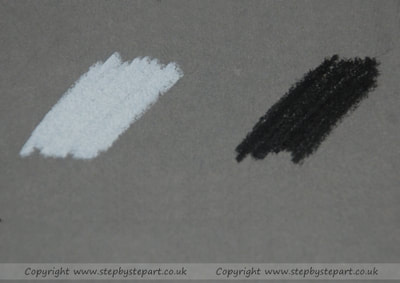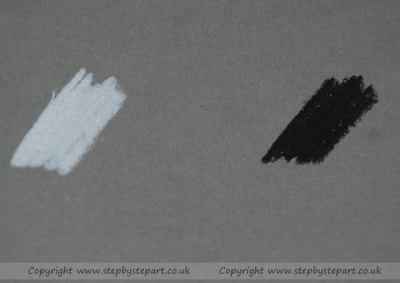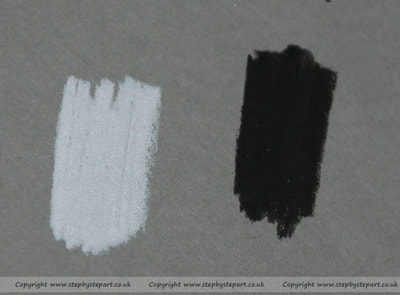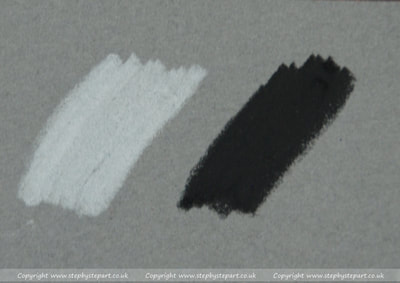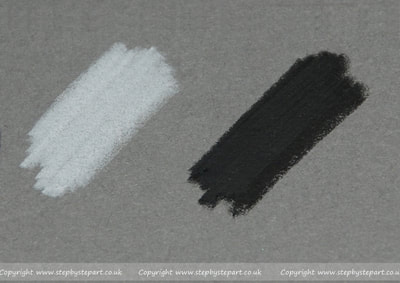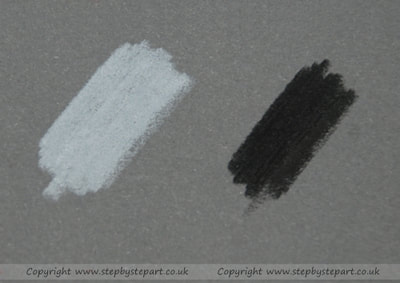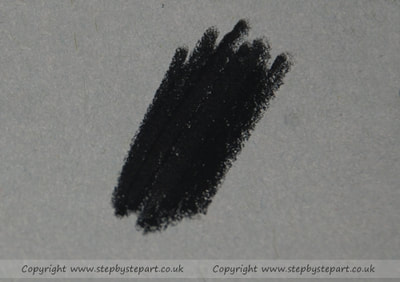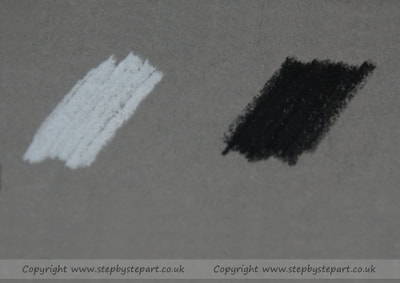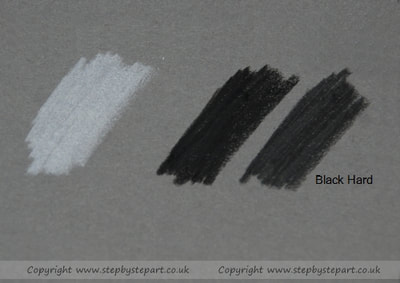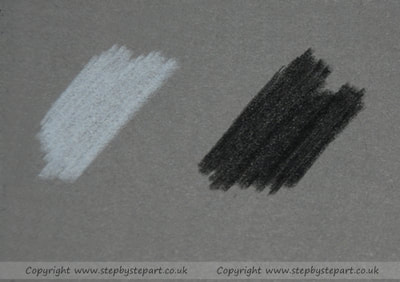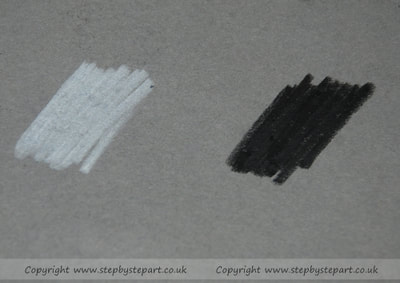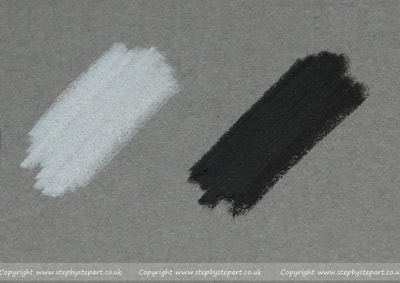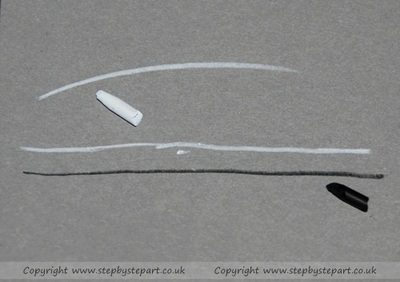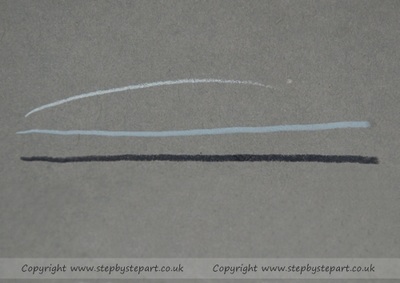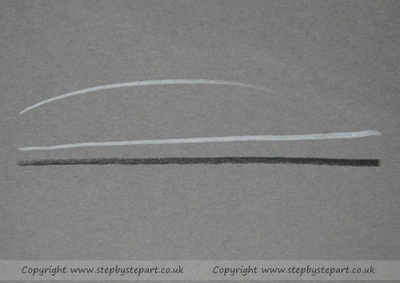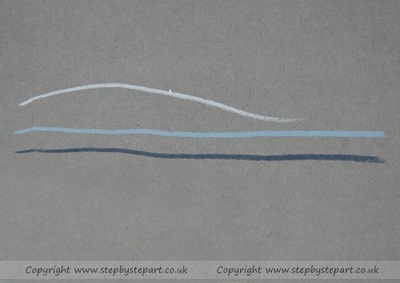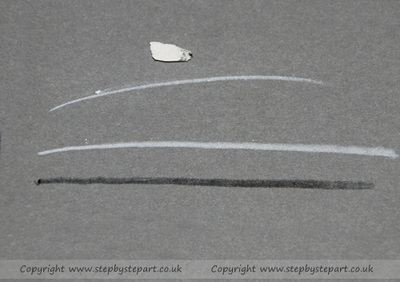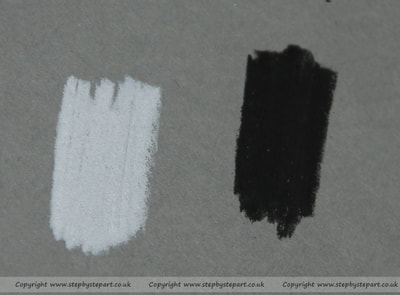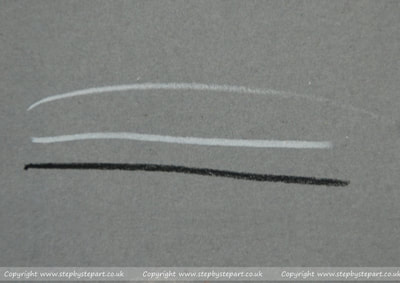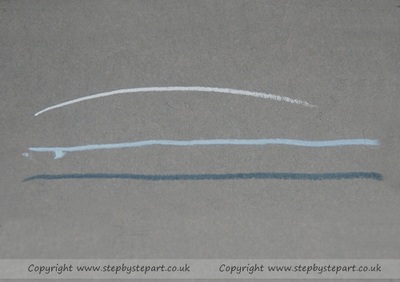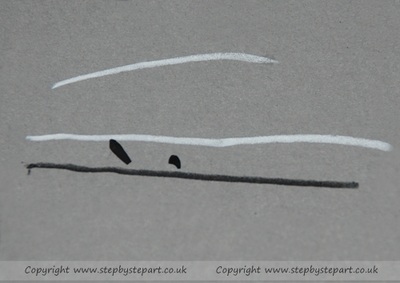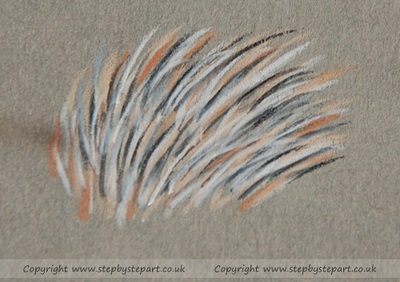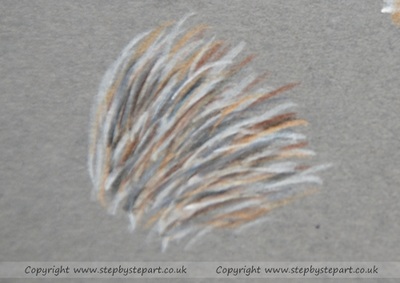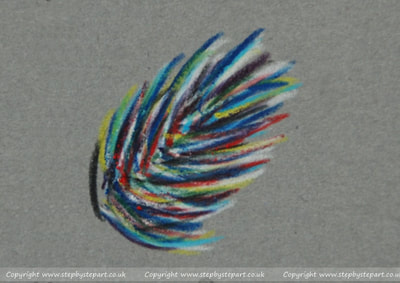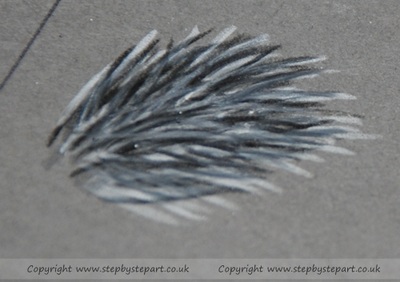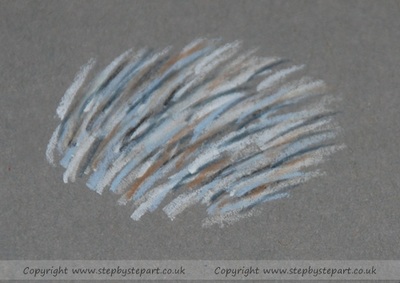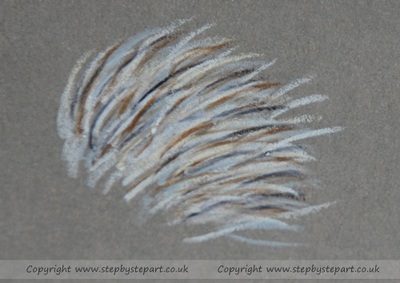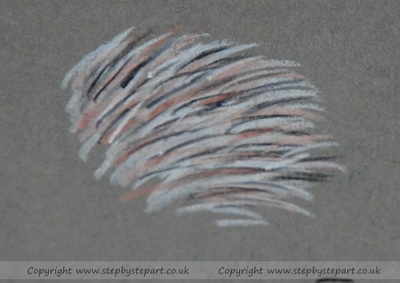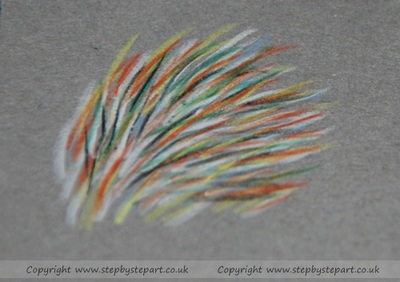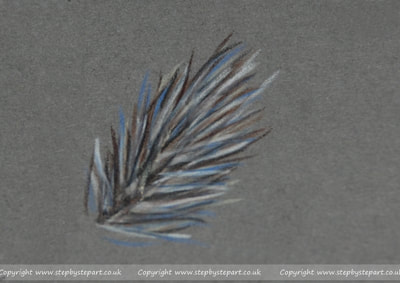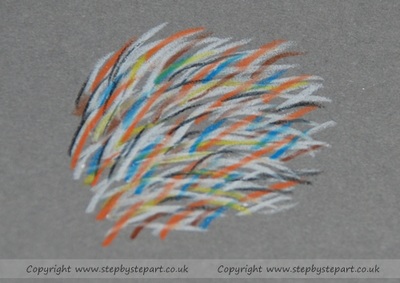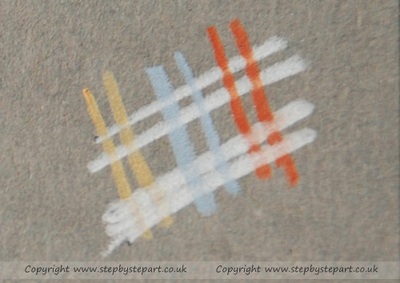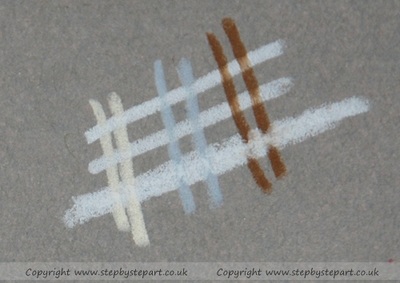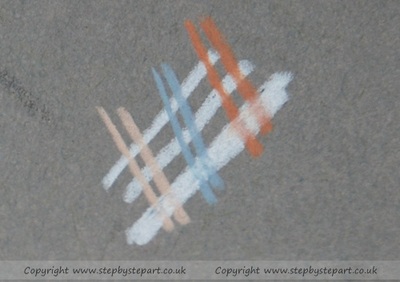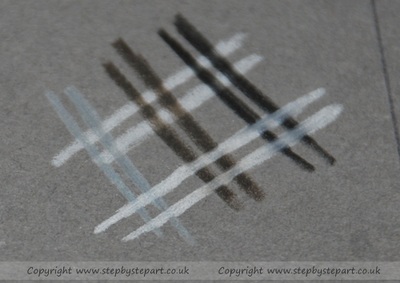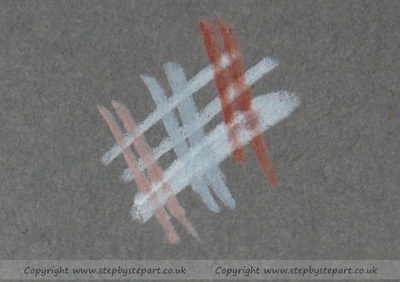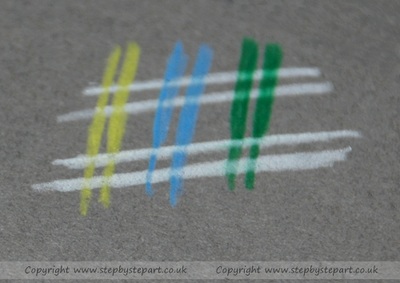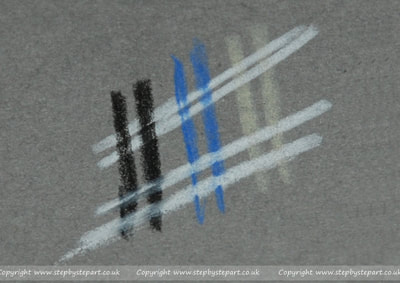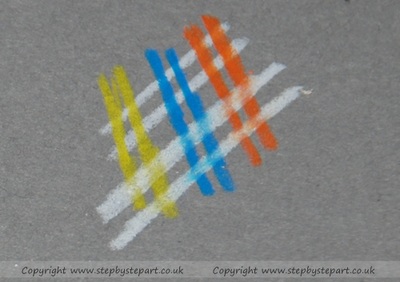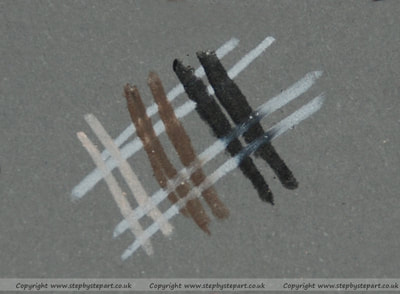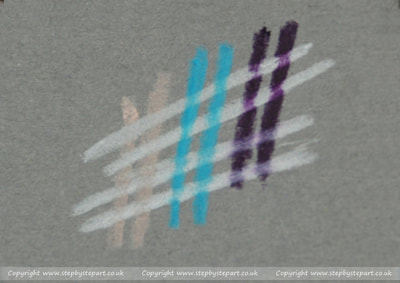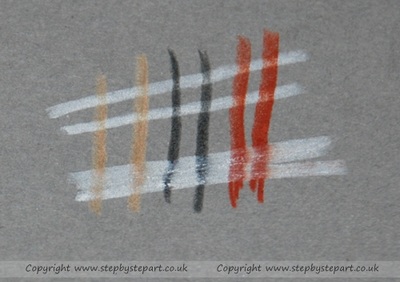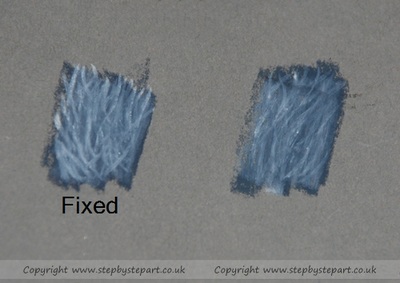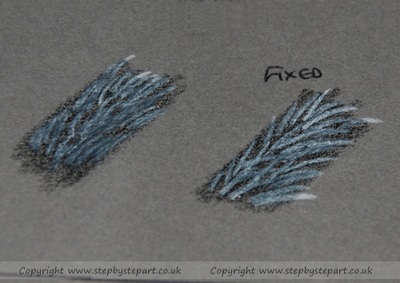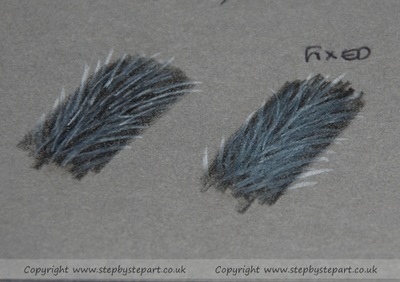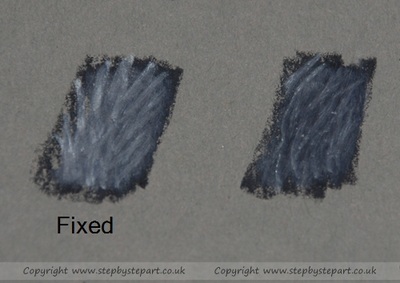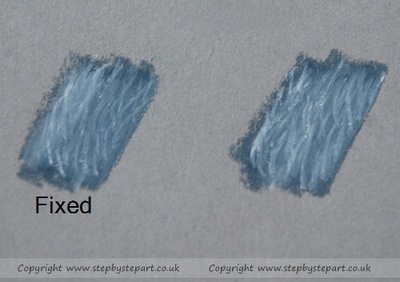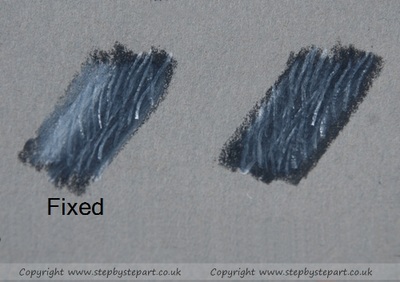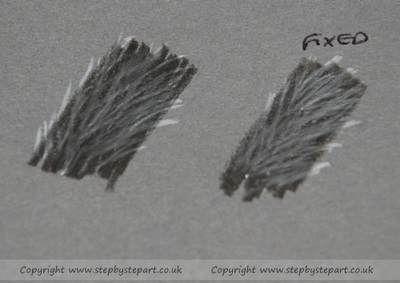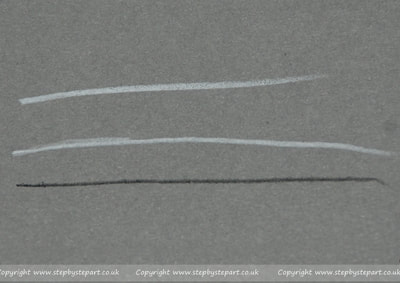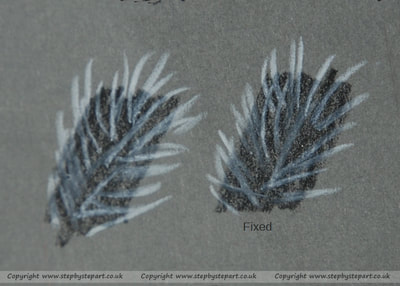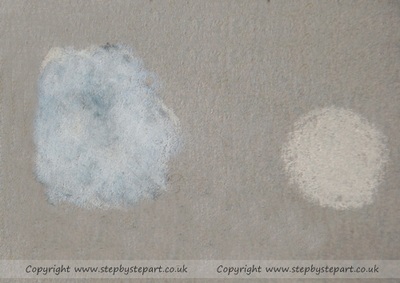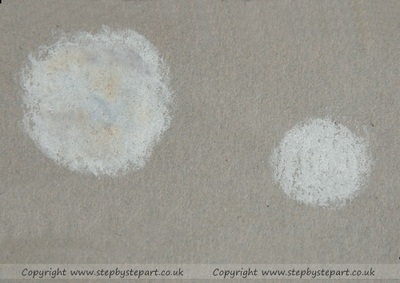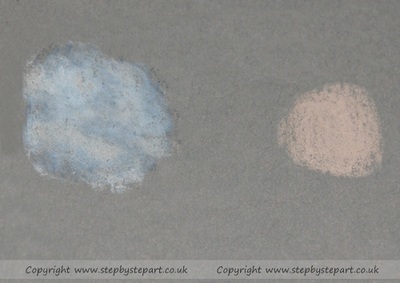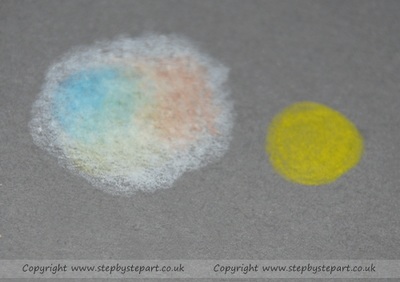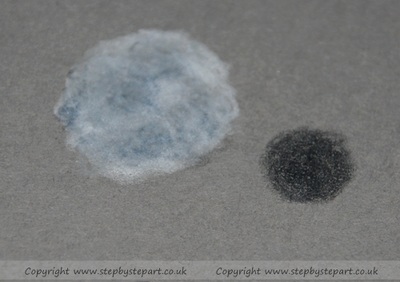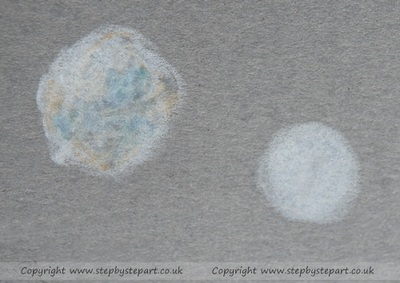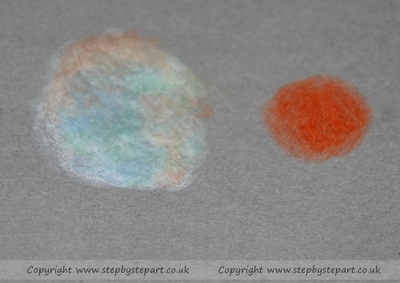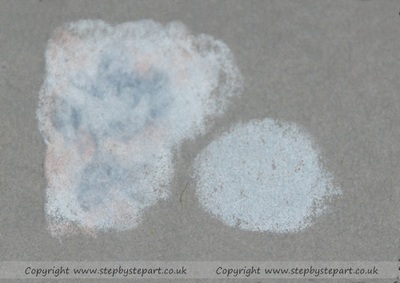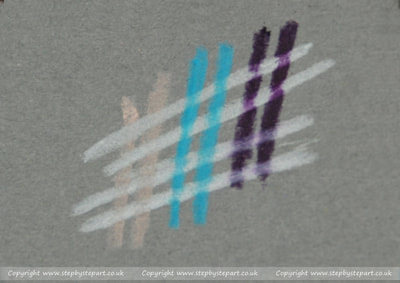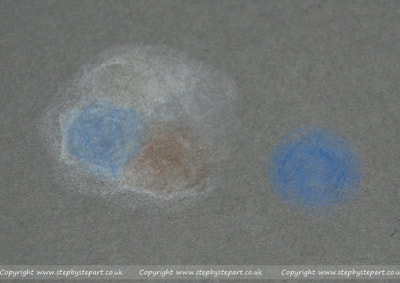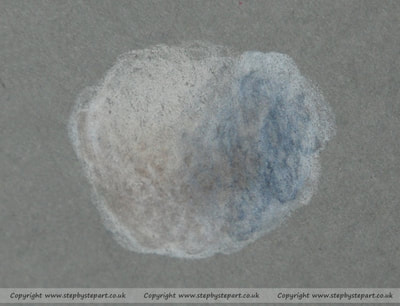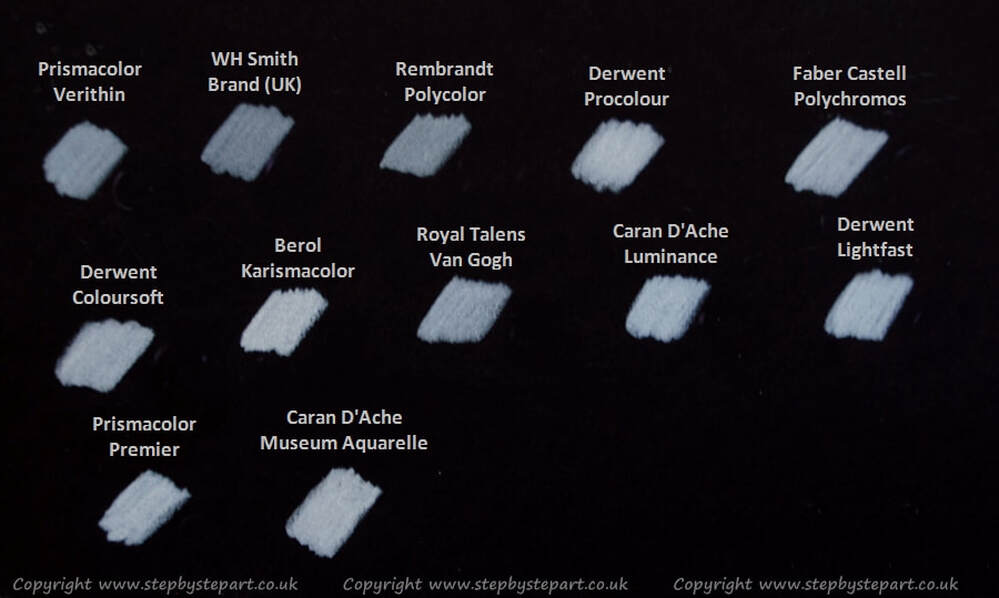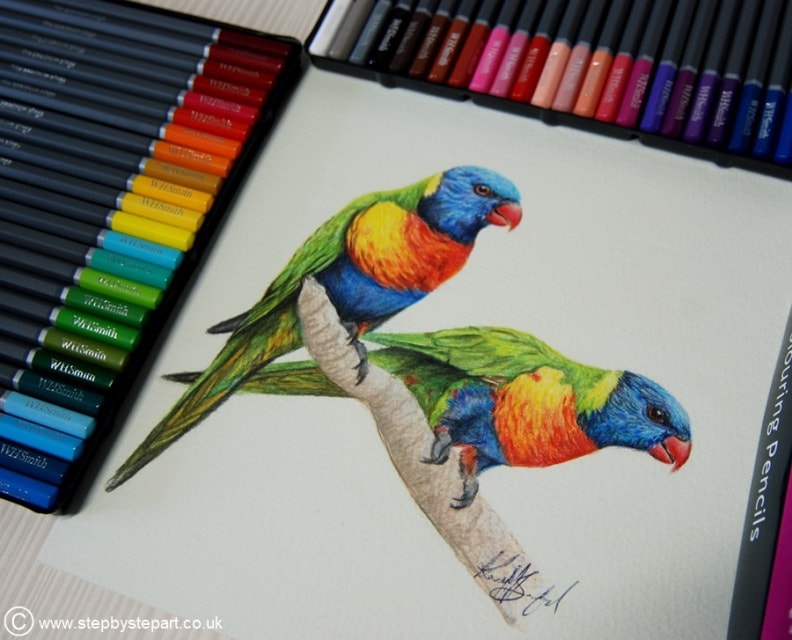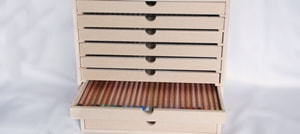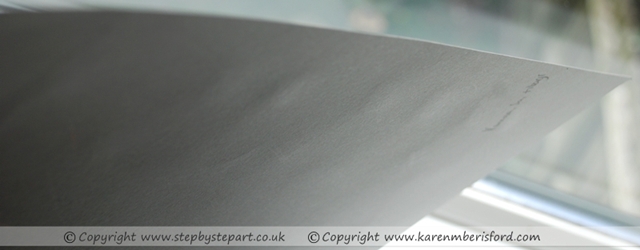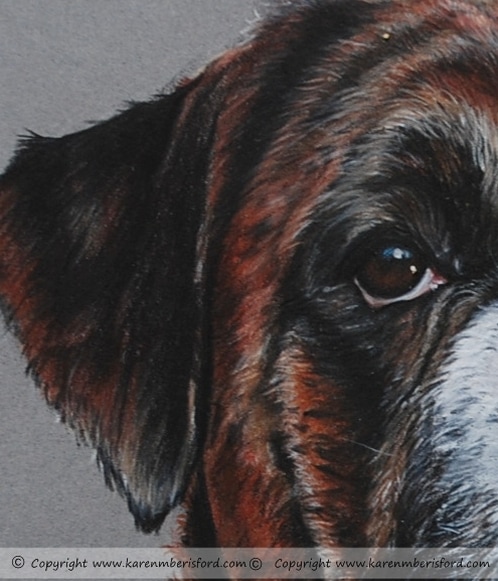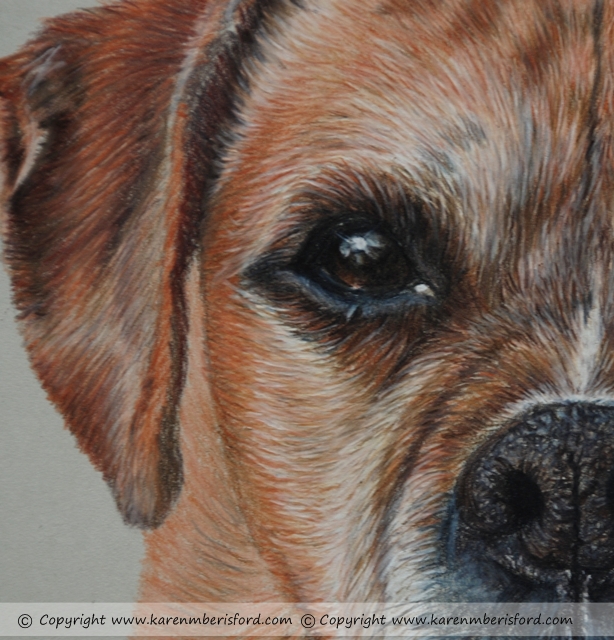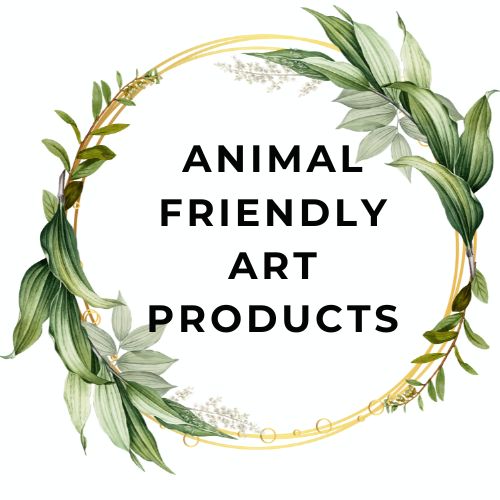Comparing coloured pencil ranges
Which brand should I buy?
We are currently working on this article and will bring you a new update as soon as it is available
If you asked 10 coloured pencil artists which pencil range they recommended, there would be many different answers. The truth is, because each artist works on different paper/supports using various techniques, one pencil range could never fit every single need and is the reason for so many brands out there, great for those who like to work with different brands and even better for those artists that like collecting them, however it can be overwhelming for those who are new to coloured pencils and need some guidance, all those pencil brands on offer can be very daunting. I trialled these pencils for my own purposes initially but thought I would share my findings as it may help other CP artists out there who are looking to buy their very first pencil range or for those looking to expand their pencil cases. I personally believe that an artist adapts to their product more than the product adapting to us (more on this at the bottom of the page) but this is not an article that will tell you which brand you should buy or which is the best pencil range, that is for you to decide, however I hope this article gives you some good pointers of each brand before spending a lot of money on pencils that may not be suited to your style.
All coloured pencils are wax, oil or water based. Every brand varies in their formulation with differing amounts of pigment and binding agents which creates the variation in colour, capabilities, hardness and softness.
The 12 pencil brands included in this exercise are Caran Dache Luminance, Derwent Coloursoft, Van Gogh, Derwent Lightfast, Faber Castell Polychromos, Derwent Procolour, Berol Karisma*, Prismacolor Premier, Prismacolor Verithin, Derwent Drawing, Lyra Rembrandt Polycolor and a non branded range. I use most of these pencils to some extent in my own work (except Prismas & Lyra), but the pencil ranges that I use exclusively are the Caran Dache Luminance and Derwent Lightfast so this exercise has been achieved by trialling a small collection of colours from other pencil brands bought purely for this test over those I use regularly and already have in my studio.
The 'tests' shown on this page pick out the six most important factors that a pencil range can offer me in my own work and they need to be able to:
All coloured pencils are wax, oil or water based. Every brand varies in their formulation with differing amounts of pigment and binding agents which creates the variation in colour, capabilities, hardness and softness.
The 12 pencil brands included in this exercise are Caran Dache Luminance, Derwent Coloursoft, Van Gogh, Derwent Lightfast, Faber Castell Polychromos, Derwent Procolour, Berol Karisma*, Prismacolor Premier, Prismacolor Verithin, Derwent Drawing, Lyra Rembrandt Polycolor and a non branded range. I use most of these pencils to some extent in my own work (except Prismas & Lyra), but the pencil ranges that I use exclusively are the Caran Dache Luminance and Derwent Lightfast so this exercise has been achieved by trialling a small collection of colours from other pencil brands bought purely for this test over those I use regularly and already have in my studio.
The 'tests' shown on this page pick out the six most important factors that a pencil range can offer me in my own work and they need to be able to:
- Blend well for use on backgrounds and skin tones
- Allows Intermixing (light over dark and vice versa)
- Have hard and soft pencils for different areas of my work
- Pigments must be strong and very lightfast
- Ensure I can use fixative between layers which aids the process and avoids 'muddy/dull' colours
- Most importantly I need my choice of pencil to allow at least 10 layers
*Berol Karisma - These pencils were made in the UK by the company Berol (who also used to make the Prismacolors too!) which offered a European version of the Prismacolor Premier pencils, sadly due to falling sales they were discontinued in 2005 but sets, bundles and even single stock of these pencils still turn up on the online auction sites from time to time, so thought I would include them here anyway. Read our comprehensive article about these pencils HERE
The comparison charts shown below were created on a mid grey paper called 'Ursus', and this exercise was purposely done on a 220gsm weight allowing me to show you the difference between this and a heavier weight 300gsm. The results can be found at the bottom of this page.
